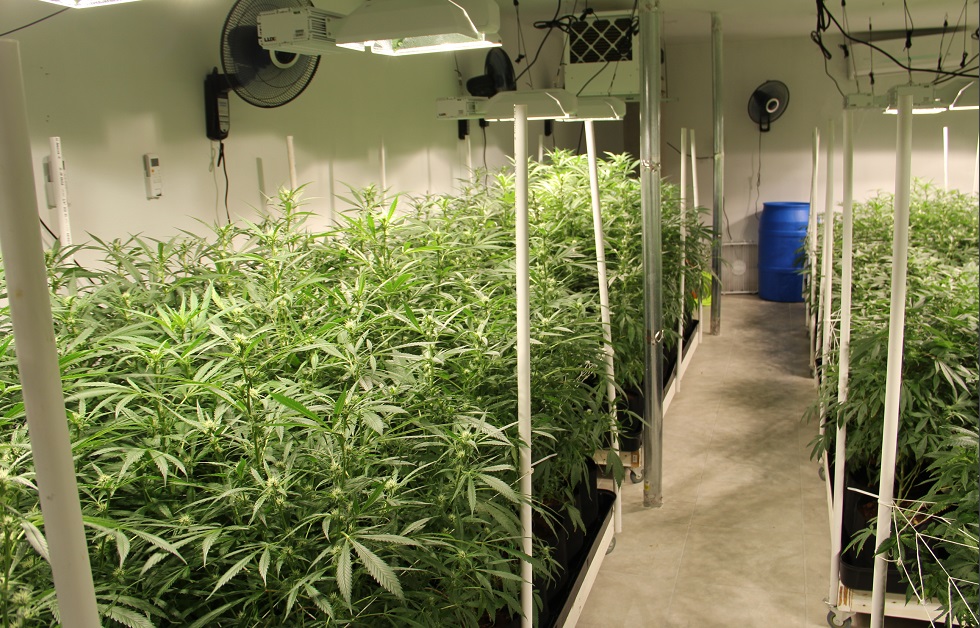It’s been 8 years since California voters approved recreational cannabis, and sales began 6 years ago. Many buyers and sellers have played by the rules, but the illegal growth and sale of the plant continue to undermine those obeying the laws.
Since its establishment in 1983, California’s Campaign Against Marijuana Planting has involved more than 110 law enforcement agencies, making it one of the largest such task forces in the U.S. But things changed in the past couple years. Another new effort was organized by Gov. Gavin Newsom in 2022 and is called the Unified Cannabis Enforcement Task Force. The campaign seized more than $312 million in unlicensed cannabis during its first full year.
Highlights
Among the highlights from 2023 was the seizure of almost 190,000 pounds of illegal cannabis, the eradication of almost 318,000 plants and the seizure of 119 firearms.
“California is effectively decreasing the illegal cannabis market by leveraging the strengths and knowledge of over 20 state agencies and departments alongside our local and federal partners. The UCETF’s progress in 2023 reflects California’s ongoing commitment to disrupting and dismantling illegal cannabis activity,” said Director Nicole Elliott of The Department of Cannabis Control.
The downside
Taxes on licensed cannabis can reach 38%. Illegal growing operations are constantly popping up in California. The illegal market benefits from the restrictions on licensed competitors, such as the fact that only about 40% of local jurisdictions permit cannabis stores.
In January, six people were killed near Adelanto, allegedly over illegal growing. The crime remains unsolved. San Bernardino County Sheriff Shannon Dicus said, “We’ve unleashed a plague in California, and the plague is the black market of marijuana and certainly cartel activity.”California adults are allowed to grow six plants but growing seven or 100,000 is a misdemeanor carrying up to 6 months in jail or a $500 fine.
Read the full article here







